KAIST
BREAKTHROUGHS
Research Webzine of the KAIST College of Engineering since 2014
Spring 2025 Vol. 24A new structural surface design for anodes in the next generation lithium batteries
A copper current collector with increased structural dimensions and hierarchy is developed for high-performance lithium-metal battery anodes. The new surface enables inward nucleation of lithium, thus enhancing the cycle life of lithium-metal battery by 364%
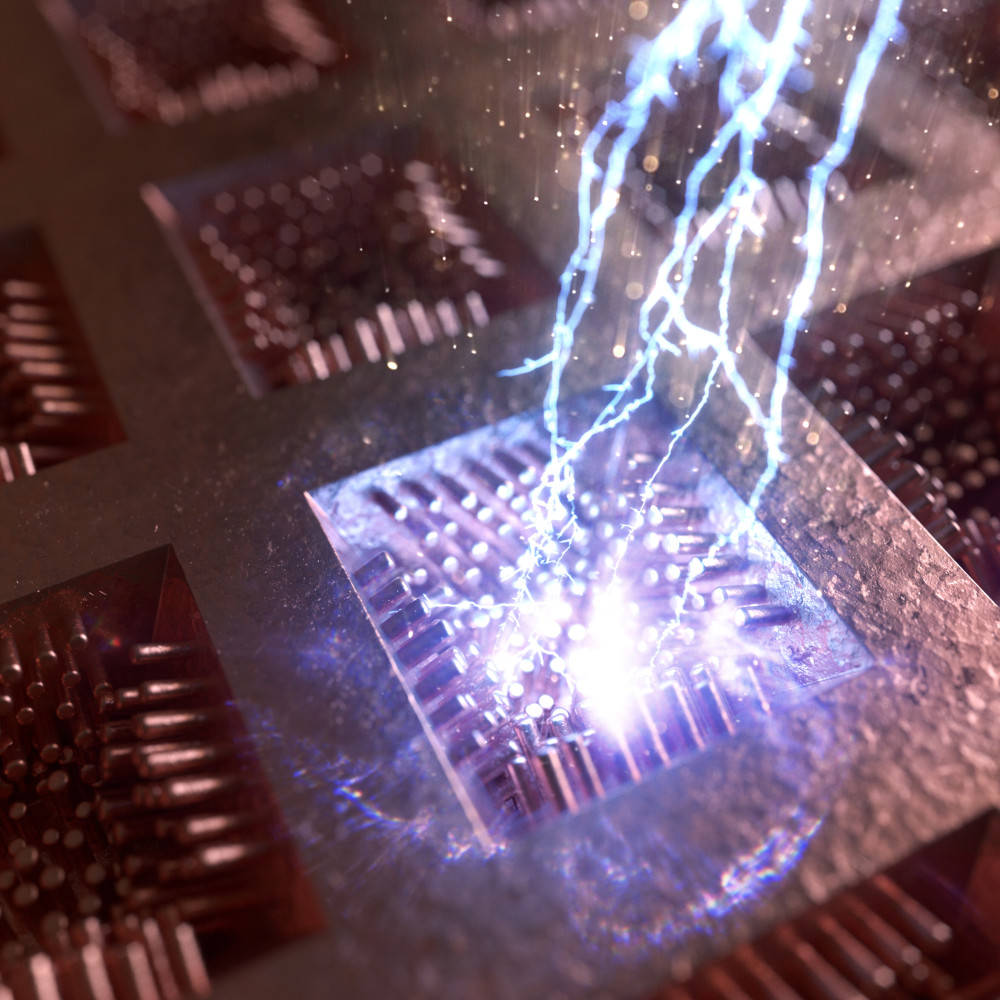
A research team led by Prof. Sanha Kim in ME department has succeeded in developing an anode current collector for high-performance lithium-metal batteries using micro/nano hierarchical surface structures. As the energy demand continues to increase, the development of batteries with higher energy density and better performance is becoming more important.
Lithium-ion batteries, which are mainly used as commercial batteries, use graphite as an active anode material, which theoretically has a clear limit in energy density. Accordingly, lithium-metal batteries with high energy density that replace the anode material of existing lithium-ion batteries with lithium-metal have been attracting attention. However, in order to commercialize lithium-metal batteries, the problem of maintaining stability and performance must first be resolved. The main cause of this problem is the formation of dendrite in the form of tree branches. These are formed on the lithium-metal anode surface by heterogeneous electrodeposition of Li due to its inherent instability in organic electrolytes. The team began research on a copper current collector (Cu CC) based on a micro/nano hierarchical structure to suppress the formation of dendrites and improve the stability and performance of lithium-metal batteries.
![Figure 1. Illustration for dendrite failure in Li-metal batteries and research objectives: Structural optimization in microscale, selective nucleation of Li via micro- and nanostructured hierarchical surface, and development of facile/largescale fabrication process of three-dimensional and hierarchically structured current collector with selective nucleation and inward growth characteristics. [Copyright: Advanced Energy Materials 2023, 13, 2202321.]](/_files/custom_board_contents2/20230823//427611751c56110b0617ed666ead51d4.png)
![Figure 2. Concentration of electrical field inside microcavities via nanorods resulting in Li nucleation at nanorod tips. [Copyright: Advanced Energy Materials 2023, 13, 2202321.]](/_files/custom_board_contents2/20230823//af92c6e18e1a58e39ac456cd2782608d.png)
![Figure 3. Facile, large-scale fabrication of hierarchically structured current collectors with selective inward growth characteristics and its performance as a lithium metal battery anode. [Copyright: Advanced Energy Materials 2023, 13, 2202321.]](/_files/custom_board_contents2/20230823//df8734fbd56c2434224c16e35eba3a55.png)
Most Popular
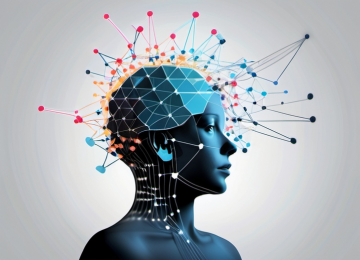
When and why do graph neural networks become powerful?
Read more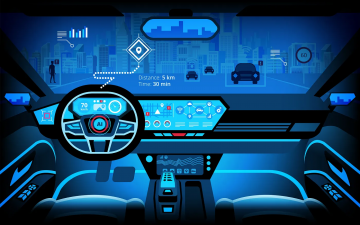
Smart Warnings: LLM-enabled personalized driver assistance
Read more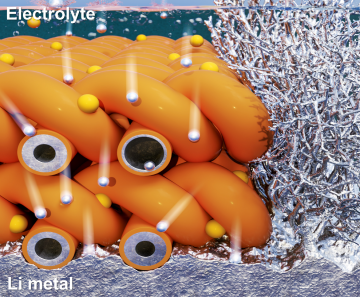
Extending the lifespan of next-generation lithium metal batteries with water
Read more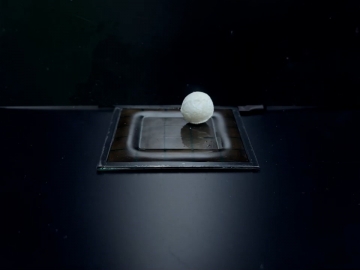
Professor Ki-Uk Kyung’s research team develops soft shape-morphing actuator capable of rapid 3D transformations
Read more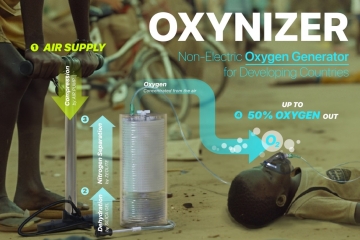
Oxynizer: Non-electric oxygen generator for developing countries
Read more